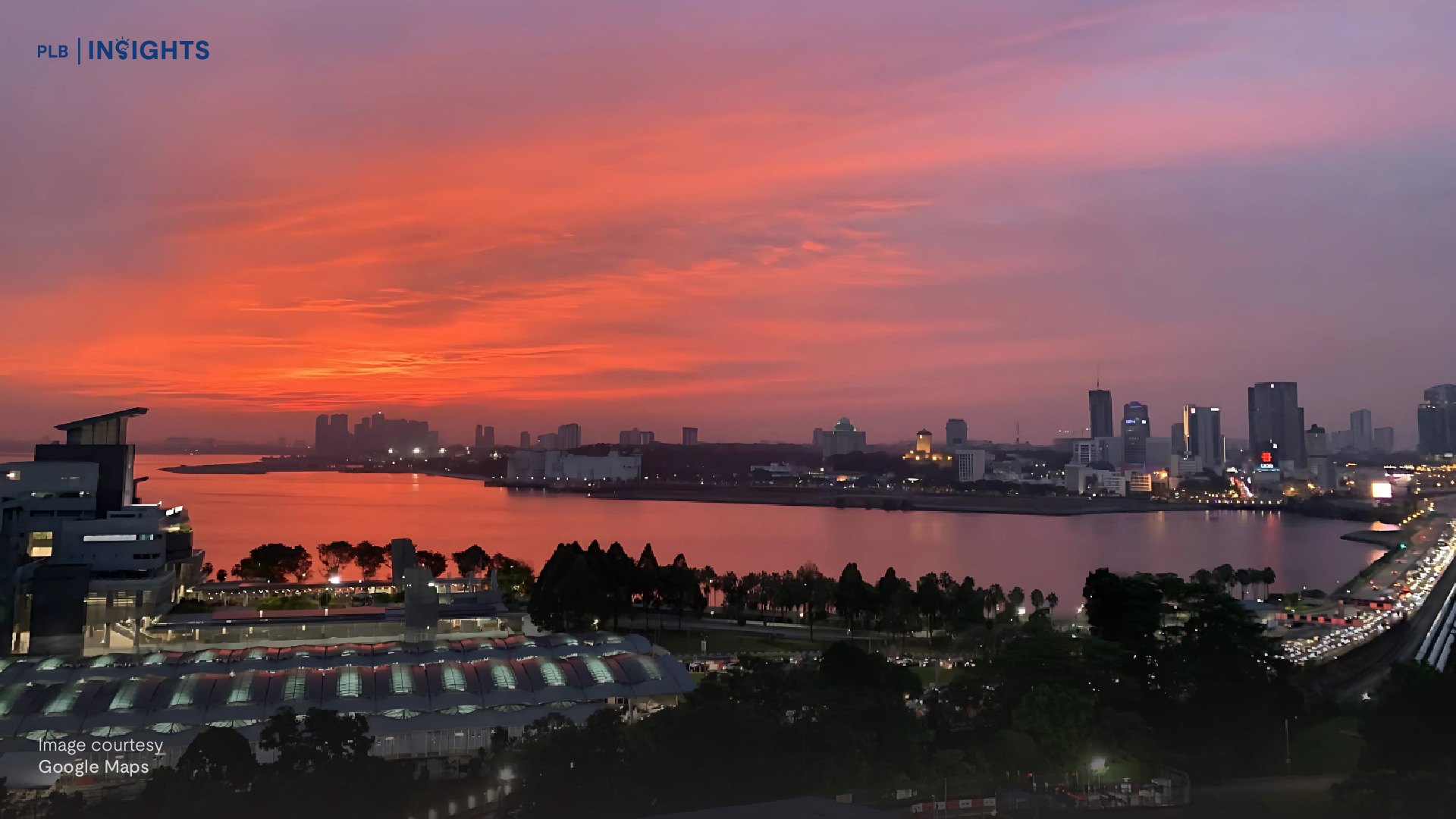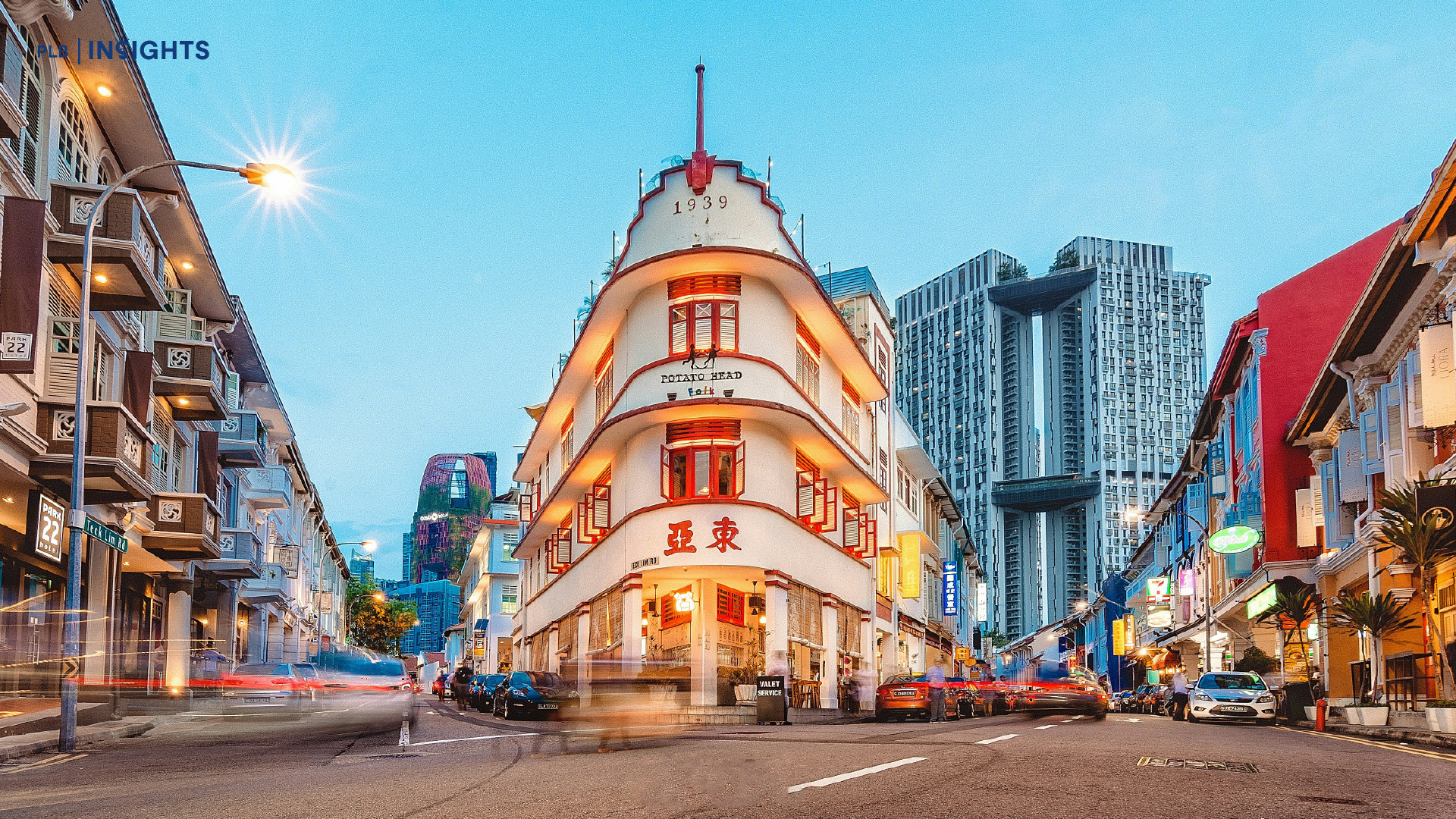
It is undeniable that Singapore’s retail scene has evolved dramatically over the past fifty-nine years. From pushcart hawkers to sellers carrying baskets of goods, such sights are no longer seen along our streets. Instead, visitors are now presented with a plethora of shopping options, including chain supermarkets and online delivery services.
As the older generation ages and the retail landscape expands, who will remember the unspoken stories of old-school provision shops? How can we prevent these stories from being lost to time? In this article, we will explore Singapore’s real estate boom and its impact on our heritage shop community. Let’s dive in!
About Provision Shops
Colloquially known as Mama shops or minimarts, these stores evoke fond memories for those who grew up in the heartlands. The term “Mama” allegedly pays homage to the Indians who traditionally owned these shops in Singapore’s early days, as it means “uncle” in Tamil. Their presence in many heartlands grew from the formalisation of businesses during Singapore’s rapid industrialisation.

Equivalent to British corner shops, buyers can expect to find a wide variety of daily supplies, such as produce and newspapers. According to the National Heritage Board, what differentiates traditional provision shops from modern ones is their small-scale operations, which are typically family-run.
Provision shops formed an integral part of many communities, as shop owners built trust and relationships with regular customers. These shops remain a symbol of the kampong spirit—togetherness and camaraderie that was prominent in the past. Watch these owners pick up regular orders with muscle memory as they catch a glimpse of familiar faces.
The Real Estate Boom and Its Impact
The popularity of provision shops flourished alongside Singapore’s rapid urbanisation when there was a need for shops to cater the newly built HDBs around the country. With the government wanting to formalise businesses, pioneer owners found themselves relocated to various void decks, dry markets, etc. Check out our run down of Singapore’s real estate history here.
Seen as a lucrative business with a low barrier to entry, many budding entrepreneurs started their own shops. By the 1980s, the Singapore Provision Shop Friendly Association estimated that there were three thousand such shops operating concurrently.
Amidst the growing competition in the provision shop landscape, traditional shops faced two major challenges. In an eat or get eaten scenario, local provision shops had to modernise to stand out amongst their peers. Furthermore, increased car ownership and improved transportation systems meant that residents were not restricted to the neighbourhood retail options.
Following economies of scale, consumer demands and behaviours naturally shifted towards modern supermarkets and retail chains. Adding the further stressor of the pandemic and restrictions in place, many traditional shops have closed forever.
The Current Landscape
Upon researching for this article, I have come to realise that there is no comprehensive list of traditional provision shops in our heartlands. Those who know, know. In our digital era, knowledge of their locations are often compiled through personal experience and features by various editorials. It is heartening to see such articles highlighting the stories behind the stores.
Just recently, a 102 year-old woman went viral for working in her son’s provision shop in Beauty World. Another feature on a 74 year-old owner of a Pulau Ubin provision shop garnered an outpour of support from the public as well. You may also find the histories of selected shops compiled by the National Heritage Board here.

This hypothesis is further supported by my experience visiting Tee Seng Store. It is the only landed house in mainland Singapore that also functions as a provision shop.
My visit to Tee Seng Store

Nestled at the crossroads of Rosyth Road and Sandilands Road, it was intriguing to see a residential-zoned land in a landed enclave serving as a commercial space for nearby residents. Hidden behind a set of unassuming gates lies Tee Seng Store.

Having read many old articles about the store, I was excited to meet Mr Ang Lu Heng and see how the store was doing. Standing for over 60 years, both Mr Ang and the store have seen the transformation of surrounding land from a kampung to a neighbourhood of landed houses. The store was even used as a filming location for Royston Tan’s telemovie aptly named 《杂货店》The Provision Shop.
To my surprise, I learned that 84 year-old Mr Ang no longer tends to the store due to a fall a year ago and has moved out from the premises. In his place is an elderly aunty who has been helping Mr Ang and his family run the place since the fall.
Through our conversation, I learned how self-motivated provision shop owners must be to support their families. The manpower is often just the owners themselves, and a day of closure often means losing out on possible income.
According to Aunty, the flow of customers has significantly decreased over the years, and Mr Ang’s children have moved on to other careers. It is simply an unsustainable business model in modern times where convenience is a priority. The time-consuming nature of the career is not in line with today’s generation. As a retiree, Aunty comes down whenever she can in hopes of clearing as much stock as possible.

Previously, Mr Ang shared that he wants to continue running the business as long as he can and is not interested in selling the property. However, with his health concerns, the future of the shop is uncertain.
Do not be fooled by the furnishing and zinc-roofed facade that remains unchanged since its inception. The 999-year leasehold property in the landed enclave will fetch a high value if it ever enters the market. There are many malls nearby with easy access to the expressways and MRT stations. Access to NEX shopping mall, Pan-Island Expressway (PIE) and Serangoon MRT are just a few amenities the property enjoys.

While I did not get the opportunity to meet with Mr Ang, my trip to Tee Seng Store was a fulfilling one. Its unassuming presence and interior were nostalgic. I could only imagine the memories made over the past 60 years by residents and customers alike. Such sights are rare gems in today’s society.
According to the Singapore Provision Shop Friendly Association, there are under 200 shops currently in operation. How then do we safeguard such traditional provision shops amidst the challenges they face?
Safeguarding the Traditional Provisional Shops
The Association suggests that the future of such shops depends on their ability to offer new value-added services. Location plays an important role, as accessibility increases the chances of business success.
The availability of affordable rental will also affect the sustainability of these businesses. As part of HDB’s efforts to support commercial retailers, business owners in HDB estates can enjoy subsidies and rent-free periods during renovations. If such businesses wish to branch out of the heartlands, developers need to recognise the importance of heritage and support them accordingly.

The challenge of balancing heritage and modernity remains key, even for hawker store owners. These children are in a unique situation, possessing knowledge of their family business and the opportunity to evolve the culture.
Closing Thoughts
As we celebrate Singapore’s 59th birthday, let us also celebrate the little things that make us Singaporeans. Behind the facade of a thriving economy lies the challenge of treasuring the traditional trades that contributed to our growth.
Tee Seng Store’s story is just one among many older trade shops in Singapore, and it barely scratches the surface. As the general public, we can support these heritage businesses by patronising them and spreading awareness through sharing stories and experiences. These stories and memories will endure long past the physical deterioration of the shops.
Till next time!








